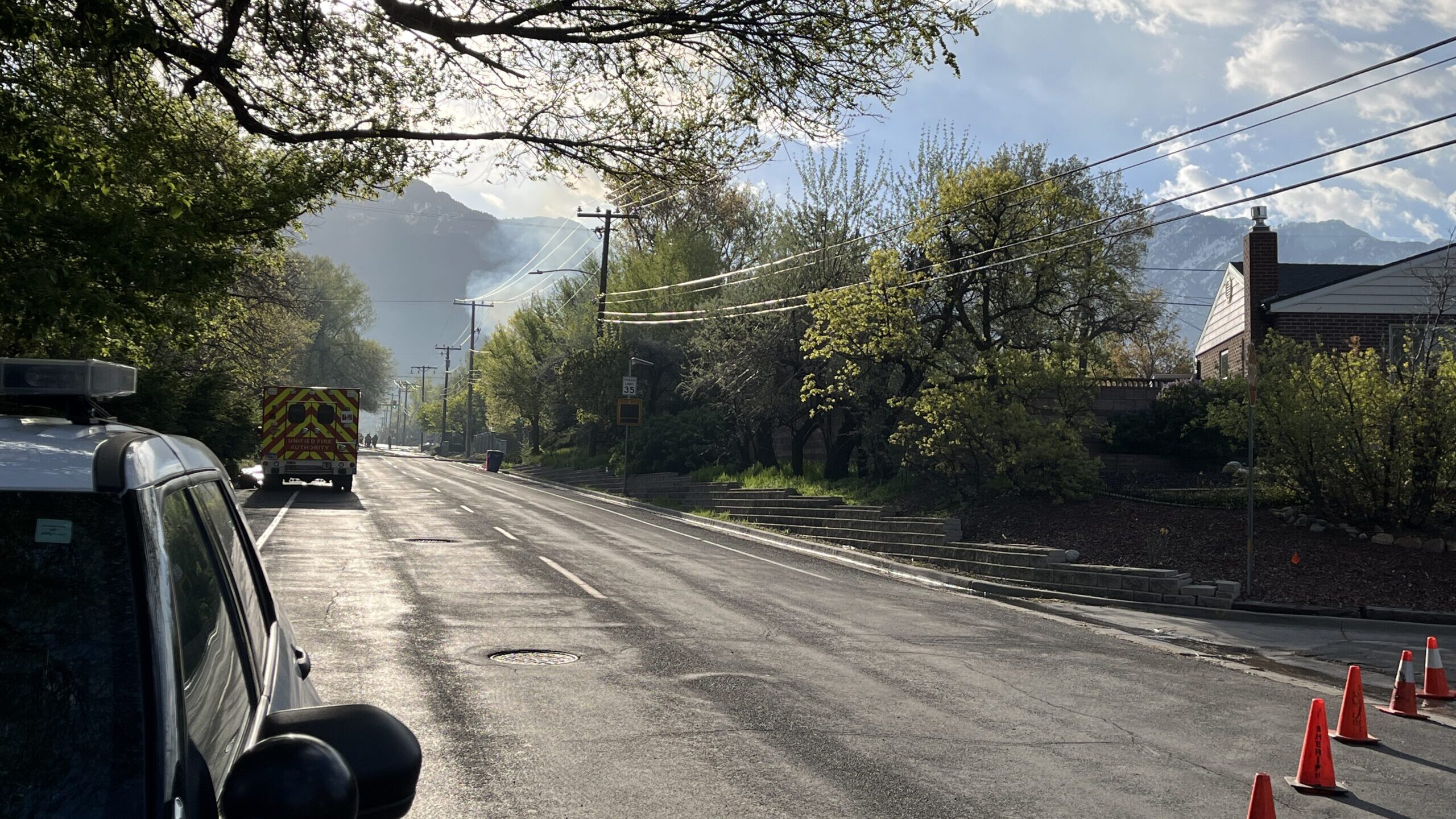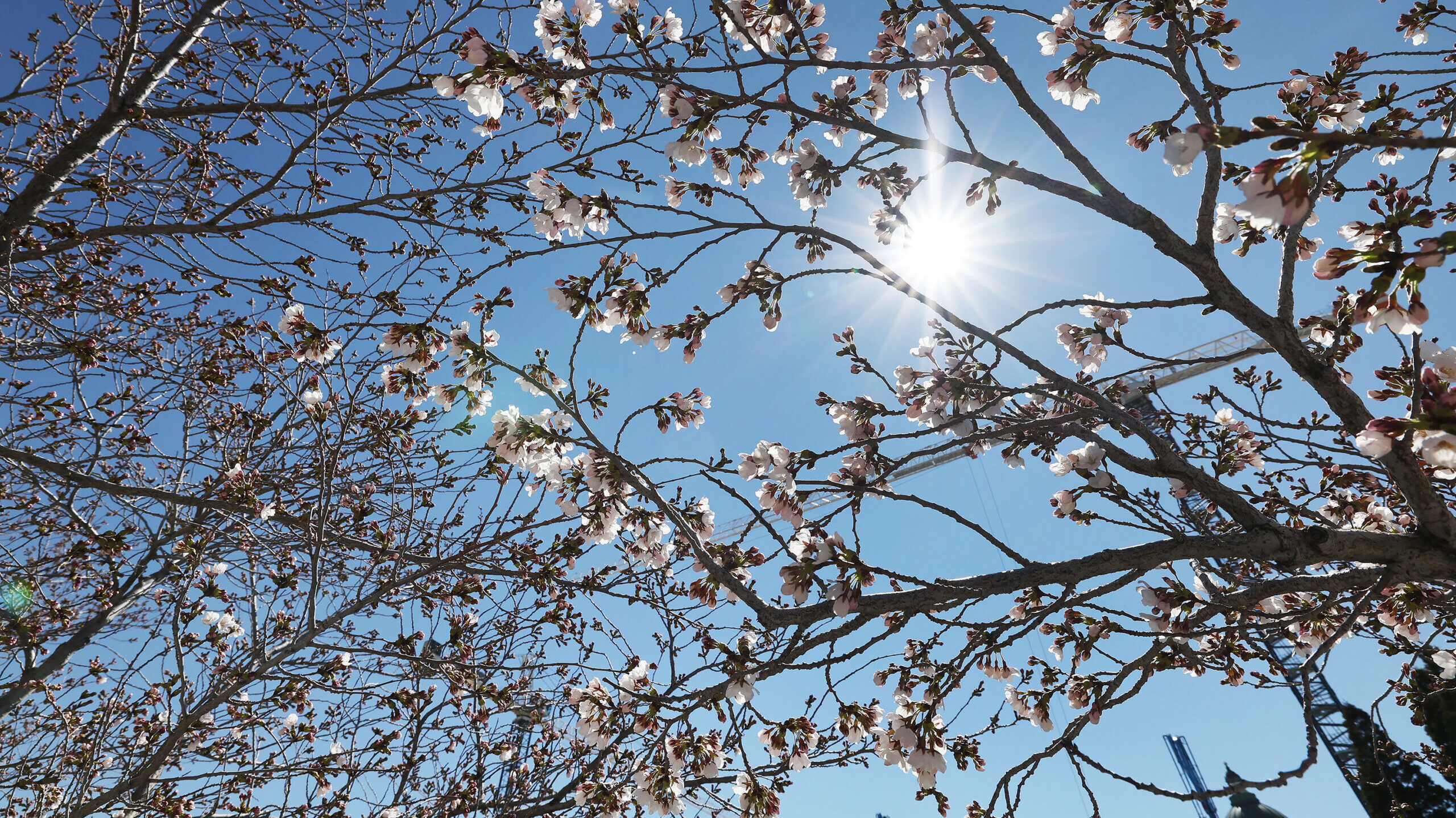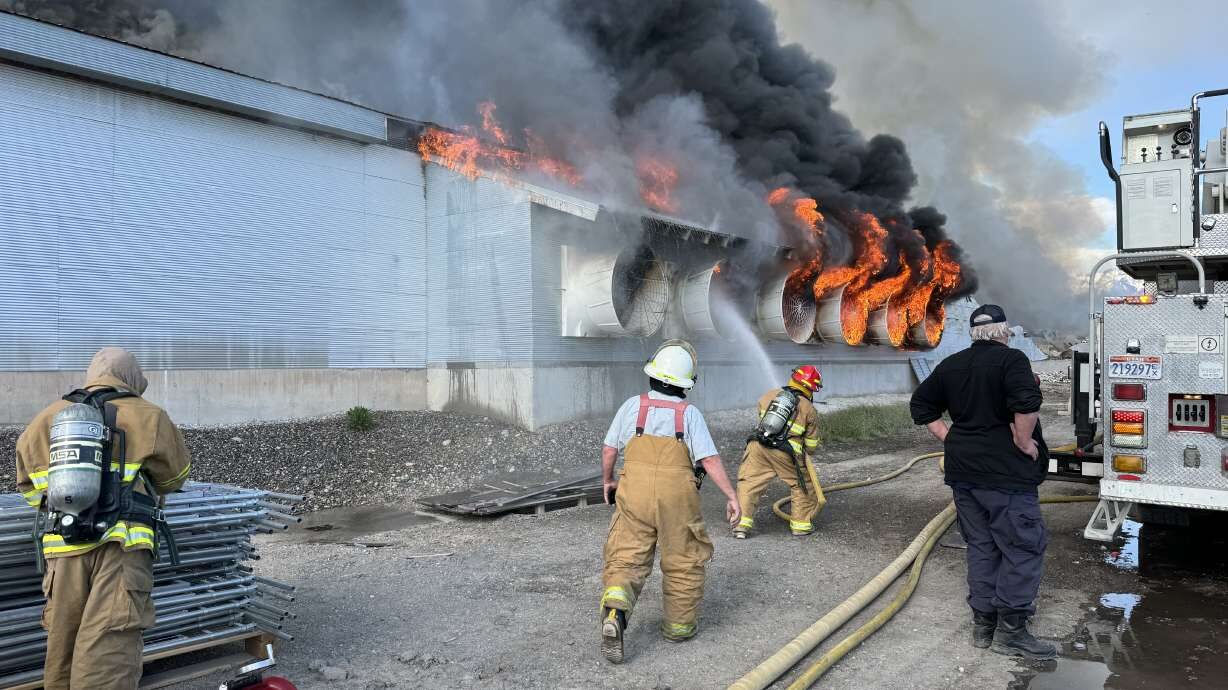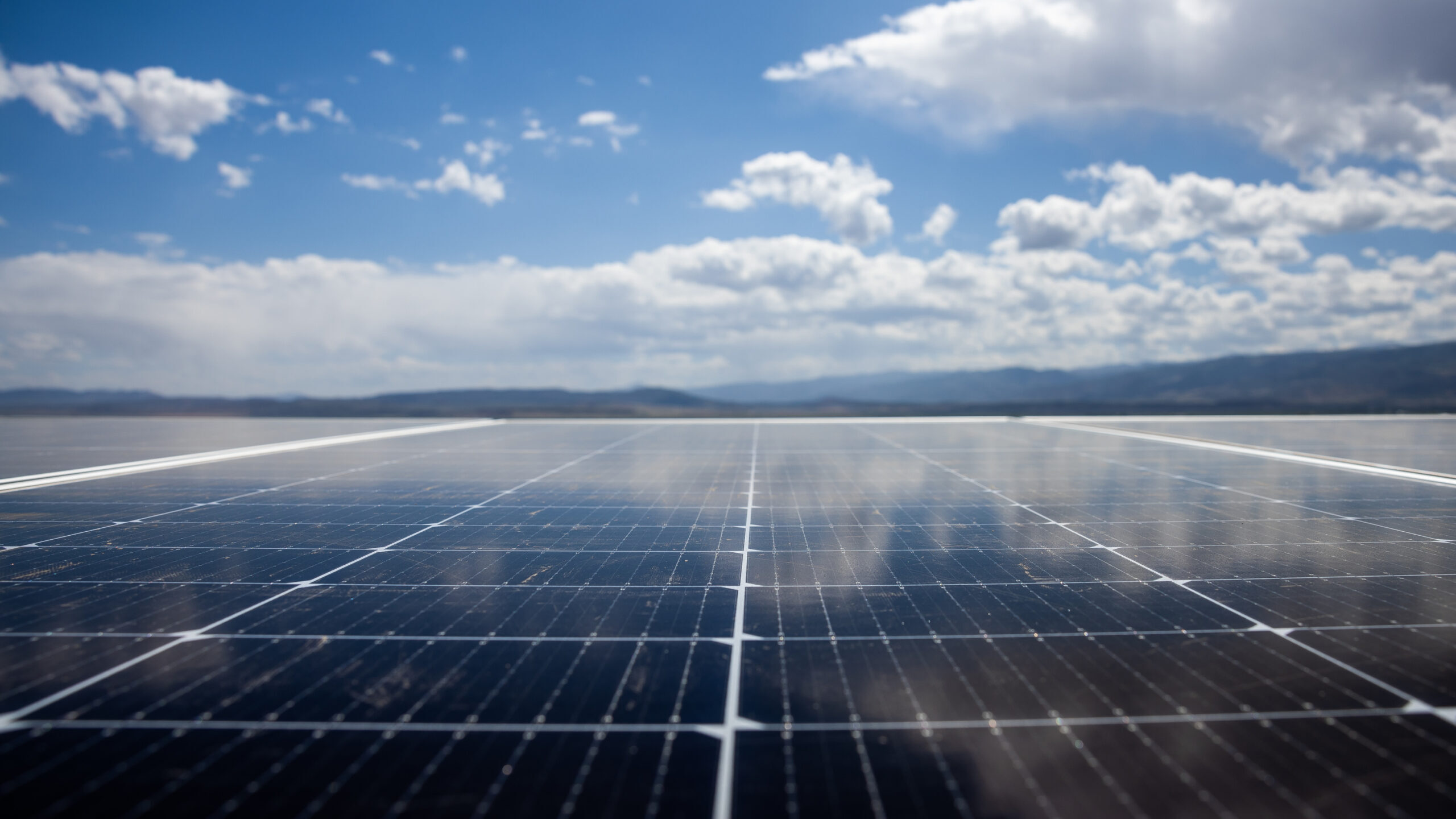Utah’s snowpack still below necessary water levels for the year
Mar 24, 2022, 8:30 AM | Updated: 1:29 pm
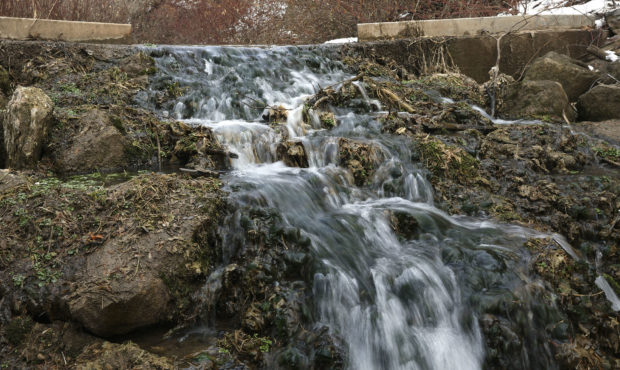
Emigration Creek flows in Rotary Glen Park in Salt Lake City on Tuesday, Feb. 9, 2021. With a shallow snowpack, water runoff is expected to be less than normal this year. Photo: Kristin Murphy, Deseret News
SALT LAKE CITY — Utah’s snowpack is below levels typical for this time of year. Decreasing snowpack levels are leading to concerns over low water levels in reservoirs. The snowfall from October of last year onward has been sporadic, according to state water officials.
“It’s really been a rollercoaster where we had good months like October and December were great months, but then November and February were really horrible,” said Drought Coordinator Laura Haskell with the Utah Division of Water Resources.
Utah’s snowpack
As of Wednesday, March 23, the snowpack in most places in Utah is below typical levels. The Wasatch Front all the way north to the Idaho border and parts of southcentral Utah has the lowest snowpack levels in the state.
“Our snowpack is very important,” Haskell said. “It’s about 95% of our water and we’re just under 12 inches of water in our snowpack.”
She also said water levels are 16 inches during a typical year.
With levels as low as they are, there is concern over the effect climate change had on the snowpack.
“In all of the modeling and things that we do in our office, we have taken into account climate change and how things are changing,” Haskell said.
Utah’s changing population size is also a factor she says her department takes into account when addressing water issues.
With a decreased snowpack in parts of the state, Haskell said some providers are doing what they can to preserve water in places where levels are below the norm.
“We have had some water providers who have already said they are going to have restrictions this summer because they know that their water supply is going to be down,” she said.
Bills addressing water shortage
Even though the situation appears dire, all is not lost. This year’s legislative session saw more bills addressing water issues than before. Haskell acknowledges the benefit of those bills.
“It was great news,” she said. “And there was funding to go with that so that things can really be done.”
While lawmakers work to save the Great Salt Lake and find ways of saving water through conservation efforts and infrastructure design, Haskell says it’s time for Utahns to start thinking differently about water use.
“As our population grows, we can’t keep using water the same way we were when there weren’t as many people here,” she said.
Haskell recommends visiting slowtheflow.org for information on water conservation tips, including a lawn watering guide, and rebate programs people can take advantage of.
Read more:
- Despite lack of January snow, Utah is still on track for the water year
- Utah snowpack above average so far this winter



